Deep beneath our feet, a bustling metropolis of life exists that most of us rarely notice or appreciate. The rich, dark world of soil teems with billions of tiny inhabitants performing essential ecological services that maintain life on Earth as we know it. Soil insects—from microscopic springtails to industrious ants and beetles—comprise Earth’s most numerous yet least visible workforce. These small creatures move more earth than all earthworms combined, create the fertile soil that grows our food, recycle dead organisms, and maintain the delicate balance of nutrients that sustains terrestrial ecosystems. Despite their critical importance, soil insects remain largely overlooked, their complex societies and fascinating adaptations hidden from human view. Let’s journey below the surface to discover the remarkable secret lives of these underground heroes and understand why their invisible work matters so profoundly to our planet’s health.
The Underground Ecosystem: A World Beneath Our Feet

Soil is far from the lifeless dirt we often perceive it to be—it’s one of Earth’s most complex and biodiverse habitats. A single teaspoon of healthy soil can contain more microorganisms than there are people on Earth, including thousands of species of insects and their relatives. This underground ecosystem is arranged in distinct layers, from the organic-rich topsoil to the mineral-heavy subsoil, each housing different communities of insect specialists. The soil profile creates numerous microhabitats with varying moisture levels, temperatures, oxygen concentrations, and food sources, allowing an astonishing diversity of insects to coexist within a small area. These hidden ecosystems are so complex that scientists estimate we have identified less than 10% of soil insect species, making the ground beneath us one of the last great frontiers of biological discovery on our planet.
Meet the Engineers: Ants as Soil Architects
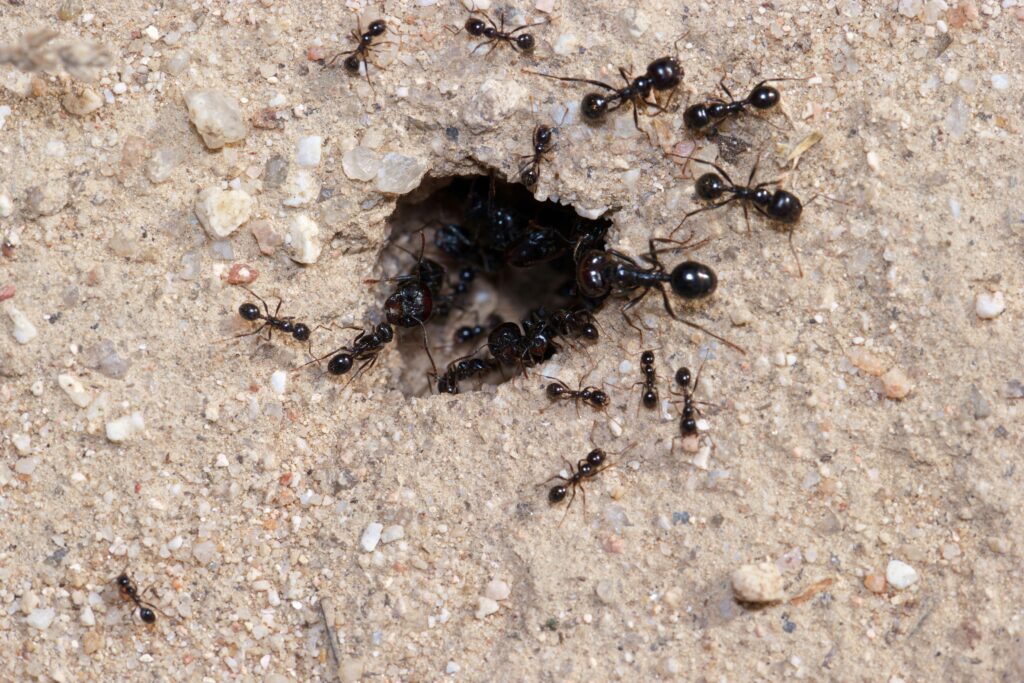
Ants stand among the most influential soil insects, fulfilling roles as ecosystem engineers that physically transform their environment. A single ant colony can move several tons of soil annually as they excavate intricate networks of tunnels and chambers that can extend several meters deep. These underground labyrinths serve multiple purposes—providing living quarters, nurseries for developing young, storage rooms for food, and even specialized chambers for growing fungal gardens in some species. As ants dig, they mix soil layers, incorporate organic matter, and create pathways for water and air to penetrate deeper into the earth—a process called bioturbation. Research has shown that soils with active ant colonies have significantly higher porosity, better drainage, and increased nutrient content compared to those without ants. In desert ecosystems, ant nests become fertility hotspots, containing up to 30 times more nitrogen and phosphorus than surrounding soils, creating islands of productivity in otherwise nutrient-poor landscapes.
The Decomposition Squad: Beetles and Their Role
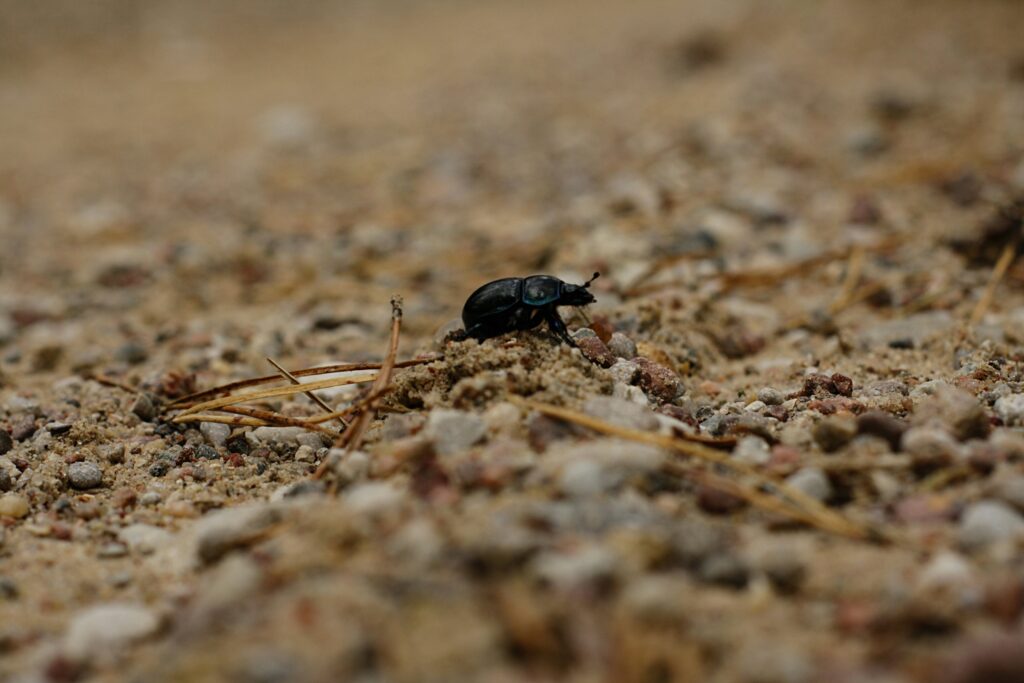
Beetles represent the largest order of insects, with many species specializing in breaking down organic matter in soil. Dung beetles are perhaps the most famous decomposers, capable of locating fresh animal droppings within minutes and quickly burying portions for food and breeding chambers. A single pair of dung beetles can bury over 250 times their weight in dung within a day, rapidly recycling nutrients and removing breeding grounds for pest flies. Meanwhile, carrion beetles specialize in decomposing dead animals, helping to prevent disease spread while returning valuable organic compounds to the soil. Rove beetles and ground beetles hunt smaller soil organisms, controlling populations of potential pests. The activities of these beetles collectively accelerate decomposition rates by up to 30% compared to microbial action alone, preventing the accumulation of organic waste on the soil surface. By fragmenting larger pieces of organic matter into smaller particles, beetles also increase the surface area available for microbial decomposition, creating a synergistic relationship that keeps carbon and nutrient cycles functioning efficiently.
Microscopic Marvels: Springtails and Their Ecological Impact
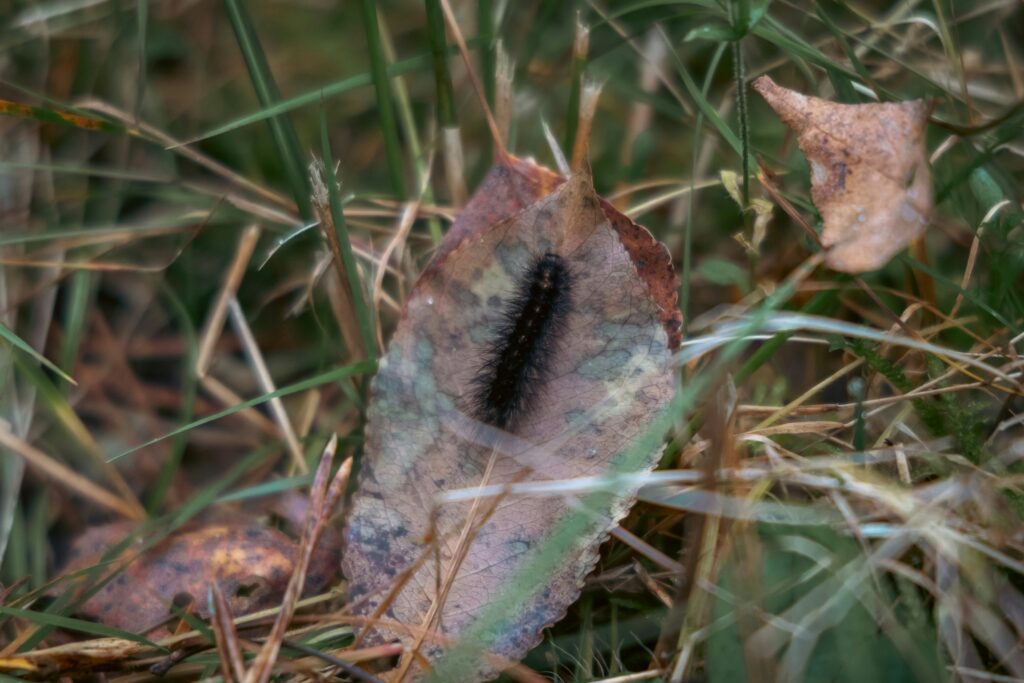
Springtails (Collembola) are among the most numerous yet least appreciated soil insects, with populations often exceeding 100,000 individuals per square meter. These tiny hexapods—no larger than a grain of sand—earned their name from a remarkable forked appendage called a furcula that remains folded under their abdomen until danger threatens, at which point it releases like a spring to catapult them away from predators. Despite their diminutive size, springtails serve as primary decomposers of leaf litter and organic debris, breaking down plant material and promoting microbial activity through their feeding. They also graze on fungi, helping to control fungal populations and disperse beneficial fungal spores throughout the soil profile. Studies have shown that soils with diverse springtail communities typically have 20-40% faster decomposition rates and improved plant growth compared to soils where these insects have been removed. Their tremendous numbers make springtails crucial indicators of soil health, with certain species disappearing quickly when soils become contaminated or degraded.
Nature’s Plows: The Excavating Insects
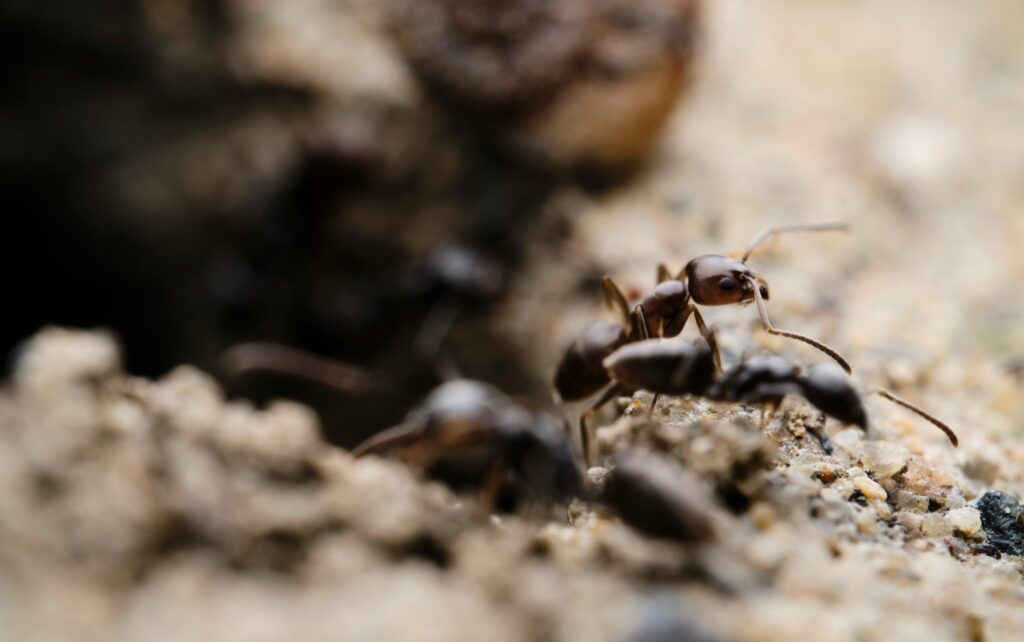
Several groups of soil insects have evolved specifically as diggers, constantly reworking the soil structure in ways that benefit the entire ecosystem. Cicada nymphs spend years—sometimes up to 17 years for periodical cicadas—living underground and creating extensive tunnel networks as they feed on tree root fluids. Mole crickets use their powerful, shovel-like front legs to create elaborate burrow systems, often extending more than a meter deep into the soil. Ground-nesting bees and wasps excavate precisely engineered nesting tunnels, moving considerable amounts of subsoil to the surface in the process. The combined burrowing activity of these insects creates essential macropores in the soil that increase water infiltration rates by up to 10 times compared to compacted soils. These natural drainage channels reduce surface runoff and erosion during heavy rains while allowing oxygen to reach deeper soil layers. Research has shown that areas with healthy populations of burrowing insects can absorb approximately 3-5 times more water during rainfall events, significantly reducing flood risk in natural landscapes.
The Nutrient Cycling Team: How Soil Insects Create Fertility
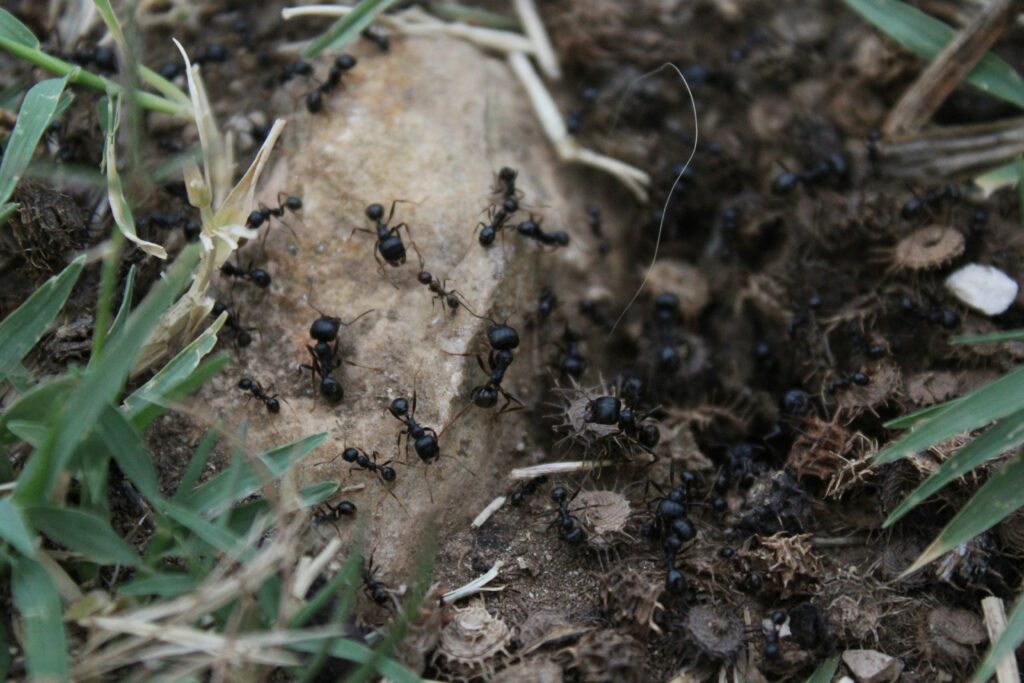
Soil insects collectively function as the earth’s recycling system, transforming dead organic matter into forms that plants can use. As they feed, soil insects fragment larger pieces of organic matter into smaller particles, dramatically increasing the surface area available for bacterial and fungal decomposition. Their digestive systems are remarkably efficient at breaking down complex organic compounds—many soil insects harbor specialized gut microbiomes that allow them to digest cellulose, lignin, and other tough plant materials that would otherwise decompose very slowly. The fecal pellets produced by soil insects become concentrated packages of partially processed organic matter and microorganisms that continue decomposition processes. Termites, for instance, can convert nearly 90% of the carbon in dead wood into forms available to other organisms, a process that would take decades without their intervention. In many ecosystems, particularly tropical forests, soil insects are responsible for recycling up to 30% of annual leaf litter, returning critical nutrients like nitrogen, phosphorus, and potassium to the soil solution where plant roots can access them.
Underground Predators: The Hunters of the Soil World

The soil hosts complex food webs with specialized predatory insects keeping other soil populations in check. Centipedes are formidable hunters beneath the soil surface, equipped with modified front legs that function as venom-injecting fangs capable of subduing prey many times their size. Ground beetles patrol the soil surface and upper layers, using their powerful mandibles and speed to capture smaller soil arthropods. Certain species of mites and pseudoscorpions function as miniature ambush predators, waiting motionless until prey ventures within striking distance. These predatory interactions create trophic cascades that influence decomposition rates and nutrient cycling processes. Experimental studies removing predatory insects from test plots have documented up to 40% increases in certain prey populations, often leading to explosions of fungus gnats and other potential pest species. The presence of these diverse predators creates a balanced soil ecosystem where no single species dominates, preventing potential pest outbreaks while maintaining the community structures necessary for healthy soil function.
Master Communicators: Chemical Signaling Underground

In the darkness of soil, visual signals have little value, so soil insects have evolved sophisticated chemical communication systems that allow for complex social interactions and environmental navigation. Social soil insects like ants and termites employ dozens of pheromones to coordinate colony activities, mark territories, signal danger, and identify colony members versus intruders. Individual termites can lay pheromone trails that remain detectable to colony mates for weeks, creating invisible highways that guide workers to food sources. Many soil beetles release aggregation pheromones when they discover rich food resources, attracting others to help process larger items like animal carcasses or fallen fruits. Research using advanced chemical analysis has identified over 200 different compounds used by various soil insects for communication, with each species having a unique chemical “language.” These communication systems allow soil insect communities to respond rapidly to environmental changes, coordinate mating between dispersed individuals, and maintain complex social structures in complete darkness.
Survival Specialists: Adaptations to Life Below Ground
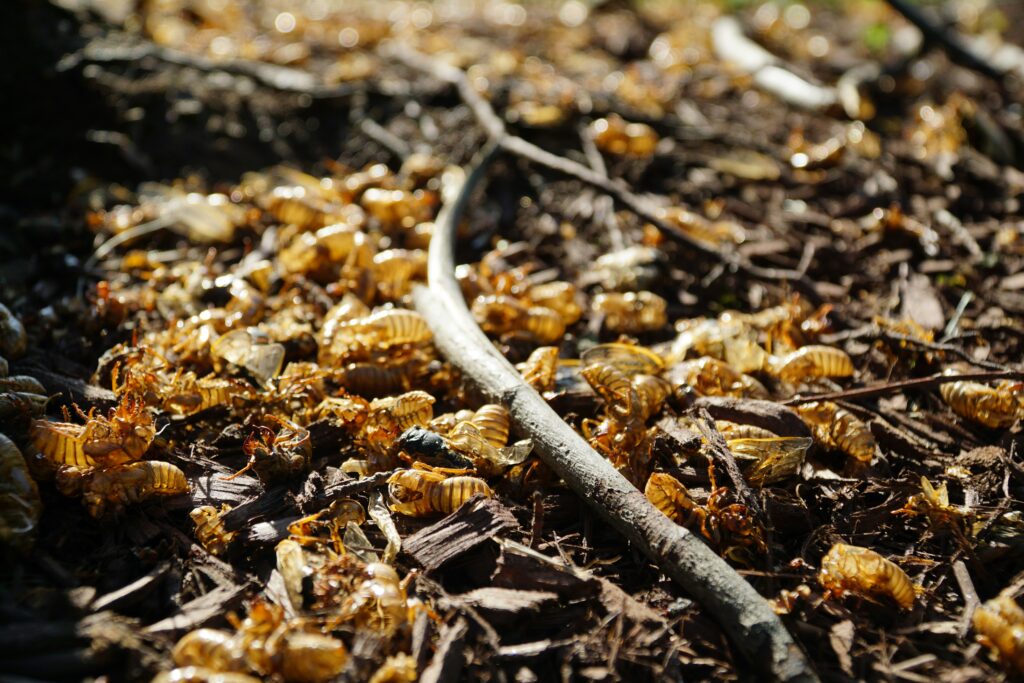
Evolution has equipped soil insects with remarkable adaptations for their subterranean lifestyle, often including reductions in features unnecessary for underground living. Many soil-dwelling insects have reduced or entirely lost their eyes, instead developing hypersensitive antennae and body setae (hair-like structures) that detect minute vibrations, air movements, and chemical signals. Their exoskeletons are frequently modified—being thinner and more flexible than surface-dwelling relatives to allow navigation through tight soil spaces, yet reinforced in key areas to withstand the constant abrasion from soil particles. Respiratory adaptations are particularly impressive, with many soil insects developing specialized breathing tubes, air-storing chambers, or physiological mechanisms to extract oxygen from water films surrounding soil particles. Some soil insects can survive complete submersion for weeks during flooding by entering a state of suspended animation called anoxic torpor. Temperature regulation adaptations allow certain soil insects to remain active even when surface temperatures would be lethal, taking advantage of the soil’s natural insulation properties to maintain comfortable living conditions year-round in otherwise extreme environments.
Symbiotic Relationships: Partnerships Below Ground

The soil environment fosters countless symbiotic relationships between insects and other organisms, creating networks of interdependence that enhance ecosystem function. Perhaps the most famous example involves leaf-cutter ants, which don’t actually eat the leaf fragments they collect, but use them to cultivate specific fungal species in underground gardens that provide food for the colony. Termites host specialized gut protozoans and bacteria that produce the enzymes necessary to digest wood cellulose, a relationship so essential that young termites must receive inoculations of these microbes from older colony members through a process called trophallaxis. Many soil insects have evolved mutualistic relationships with specific plant species, such as seed-harvesting ants that inadvertently plant and tend to certain wildflowers while discarding unwanted seed parts in nutrient-rich waste chambers. Research using DNA metabarcoding techniques has revealed that a single soil insect may host hundreds of microbial species, many of which appear specially adapted to their insect host and provide benefits ranging from nutrition to pathogen defense, forming complex microbial communities quite different from the surrounding soil.
Threats to Earth’s Hidden Workforce
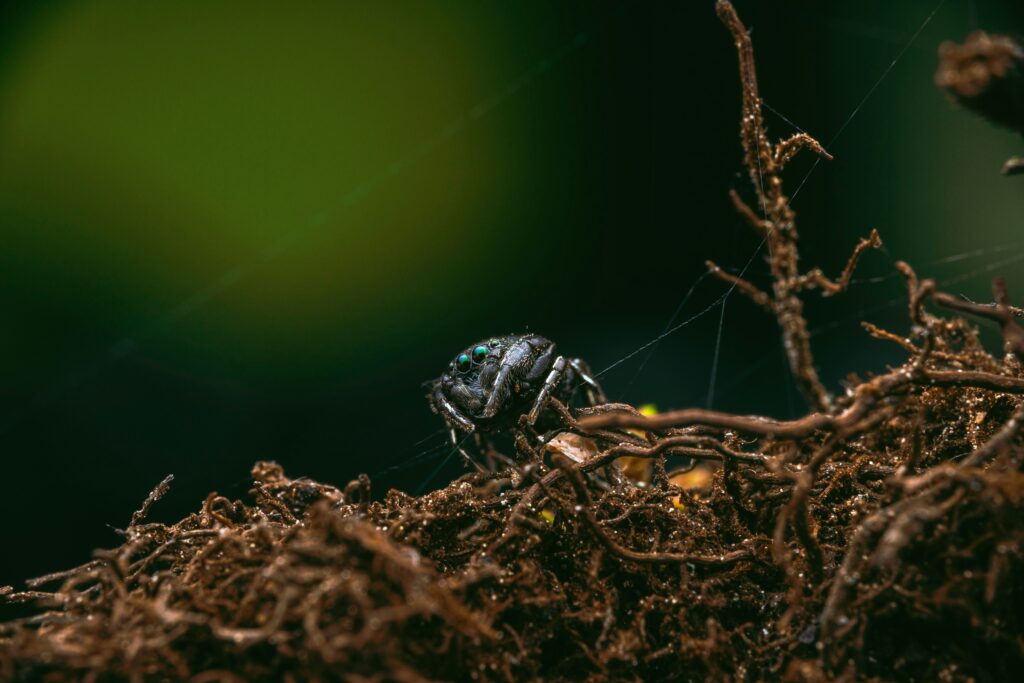
Despite their ecological importance, soil insects face numerous anthropogenic threats that have led to alarming population declines in many regions. Agricultural intensification, particularly the use of broad-spectrum insecticides and fungicides, can reduce soil insect diversity by up to 90% in treated fields compared to organic systems. Physical soil disturbance through conventional tillage disrupts insect burrows and social structures while exposing soil organisms to predation and desiccation. Soil compaction from heavy machinery can crush soil macropores, eliminating essential habitat for many species and reducing oxygen availability in deeper soil layers. Climate change poses perhaps the greatest long-term threat, as many soil insects have narrow temperature and moisture tolerances evolved over millions of years of relatively stable soil conditions. Rising temperatures accelerate soil moisture loss while increasing metabolic demands, creating physiological stress that can lead to population crashes. Studies conducted across multiple continents have documented average declines of 45-75% in soil insect abundance over the past 30 years in monitored sites, suggesting a global crisis for these essential ecosystem service providers.
Conservation and Management: Protecting the Unseen

Protecting soil biodiversity requires different approaches than traditional conservation, focusing on soil health rather than just setting aside protected areas. Reducing soil disturbance through conservation tillage or no-till farming practices preserves soil structure and insect habitat while building organic matter that supports diverse food webs. Adding cover crops during otherwise fallow periods provides continuous food sources for soil organisms and creates year-round habitat complexity. Reducing chemical inputs, particularly prophylactic pesticide applications, allows natural predator-prey relationships to regulate potential pest species. Urban areas can contribute to soil insect conservation through reduced lawn chemical use, increased plant diversity, and leaving areas of undisturbed soil and leaf litter as habitat refuges. Research indicates that transitioning from conventional to conservation management practices can restore soil insect diversity to near-natural levels within 3-5 years, with corresponding improvements in soil function. Growing awareness of soil biology has led to increased monitoring programs, with several countries now including soil biodiversity metrics in their national environmental health assessments and developing specific conservation targets for below-ground ecosystems.
Studying the Invisible: How Scientists Investigate Soil Insects
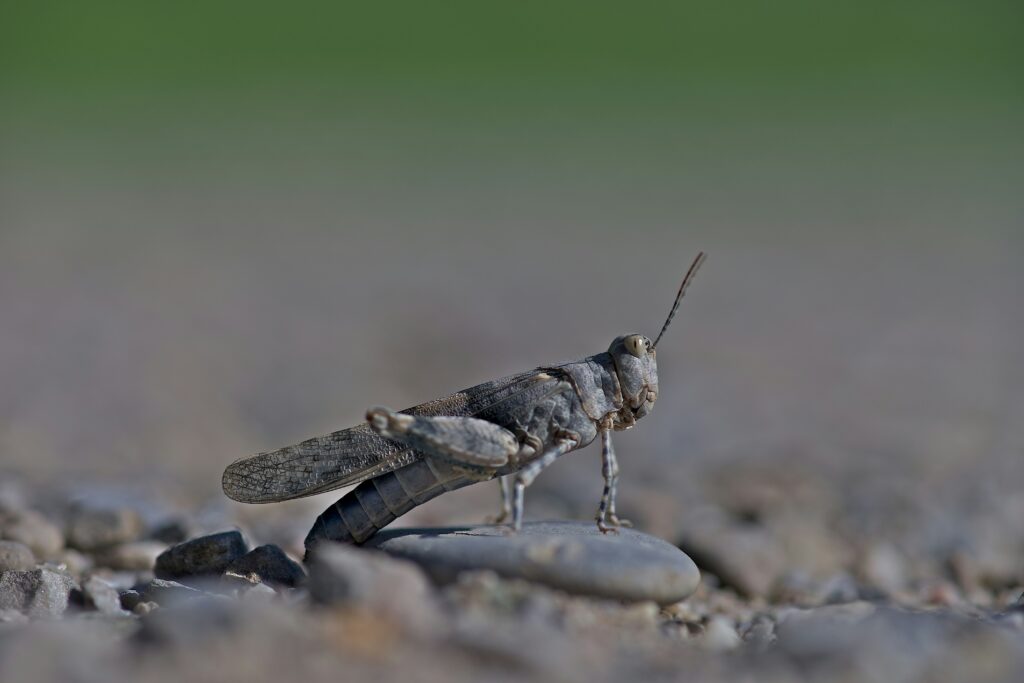
Researching soil insects presents unique challenges that have required the development of specialized techniques to observe creatures that naturally avoid light and disturbance. Traditional sampling methods include Berlese-Tullgren funnels, which use heat and light gradients to drive insects downward out of soil core samples and into collection chambers, allowing researchers to quantify populations per unit area. More advanced methods include transparent soil analogs made from gelatinous materials that mimic soil’s physical properties while allowing direct observation of insect behavior in something approximating their natural environment. DNA metabarcoding now permits researchers to identify thousands of soil species from a single soil sample without having to physically locate or identify each organism, revolutionizing our understanding of soil biodiversity patterns. The newest frontier involves soil ecotrons—sophisticated laboratory systems that can maintain intact soil columns under controlled conditions while monitoring gases, nutrients, and water movement to quantify the ecological impacts of specific soil insect communities. These research advances are revealing that soil insects perform even more critical ecological functions than previously recognized, reframing our understanding of how terrestrial ecosystems function.

